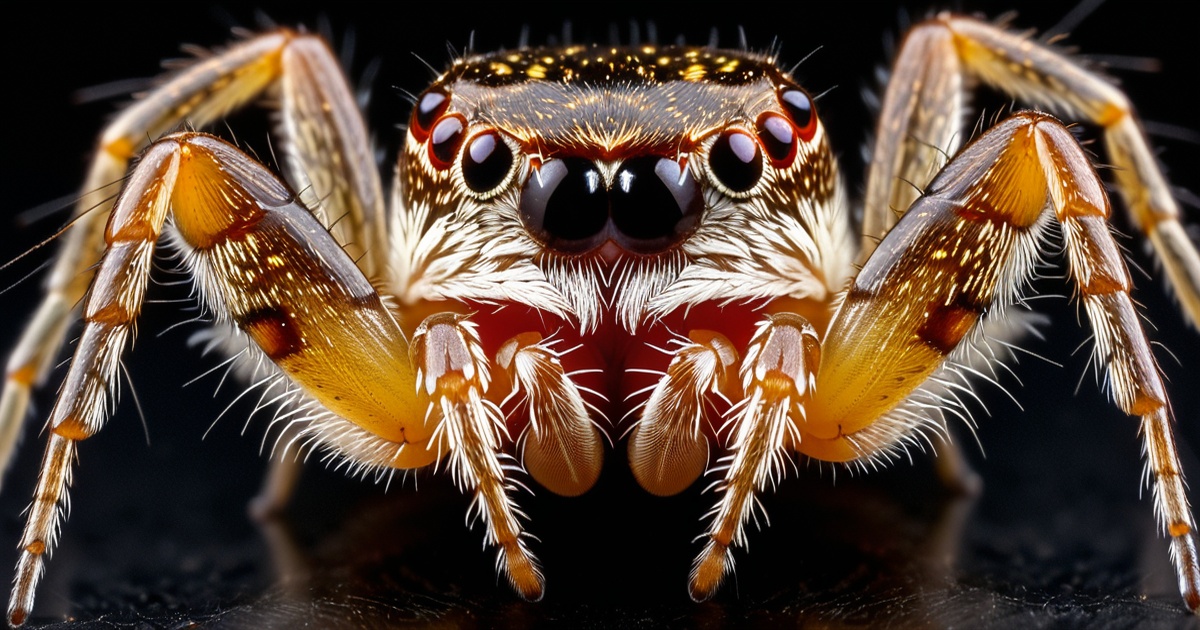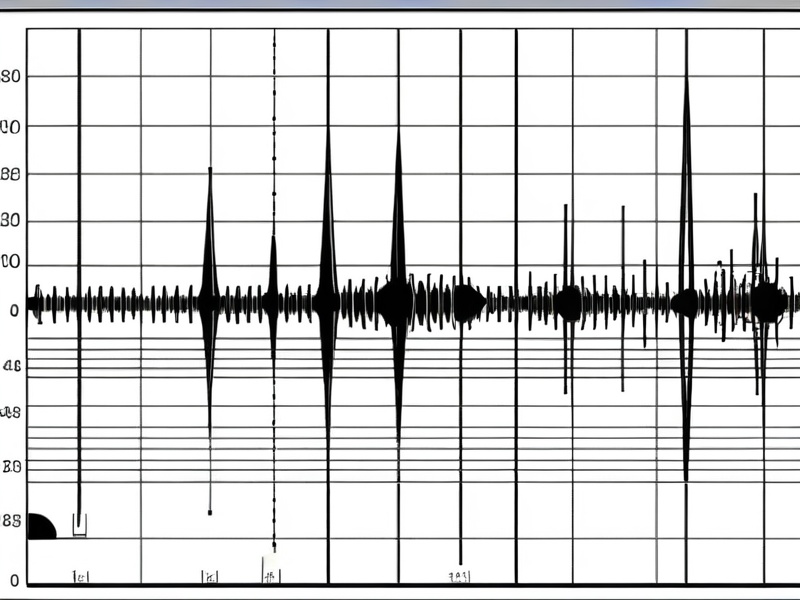Welcome to the Barking Spider Research Institute
Dedicated to the study of Selenocosmia crassipes and its remarkable acoustic properties
What is a Barking Spider?
The Australian Barking Spider (Selenocosmia crassipes), also known as the Queensland Whistling Tarantula, is a remarkable arachnid native to the eastern coast of Queensland, Australia. This impressive creature has earned its colloquial name from the distinctive sound it produces when threatened or disturbed.
Despite common misconceptions, the barking spider does not literally bark like a canine. Instead, it produces a hissing or whistling sound through a process called stridulation—rubbing specialized bristles (setae) located between its chelicerae and the inner surface of its maxillae.
At the Barking Spider Research Institute, our team of dedicated arachnologists has been documenting and studying the varied acoustic behaviors of these fascinating creatures for over 15 years. Our state-of-the-art recording equipment has captured an impressive library of barking spider sounds, ranging from the soft, barely audible "pips" to the more dramatic, forceful expressions often heard during territorial displays.

Barking Spider Sound Explorer
Ever wondered what a barking spider sounds like? Explore our extensive audio library of carefully recorded specimens in various states.
Casual Utterance
A relaxed, typical sound produced during normal activity.
Defensive Warning
Produced when the spider feels threatened or disturbed.
Mating Call
A distinct sound pattern used during courtship rituals.
Territorial Display
An aggressive sound made when defending its burrow.
Surprised Specimen
The distinctive sound made when a barking spider is suddenly startled.
Post-Feeding Expression
Commonly heard after the spider has consumed a large meal.
Visit our complete sound archive for more acoustic specimens, detailed analysis, and downloadable sound files for research purposes.
Fascinating Facts About Barking Spiders
Impressive Size
With a leg span of up to 22 cm (8.7 inches), the barking spider is the largest tarantula species in Australia.
Deep Dwellings
These spiders create burrows up to 2 meters deep, lined with silk and featuring an escape chamber with an air pocket.
Acoustic Repertoire
Our research has identified at least 7 distinct sound patterns produced by barking spiders in different situations.
Long Lives
Female barking spiders can live up to 30 years in the wild, producing acoustic displays throughout their adult lives.
Featured Research
The Acoustic Properties of Selenocosmia crassipes Vocalizations
Our latest research has revealed fascinating patterns in the acoustic emissions of S. crassipes. Using specialized equipment, we've documented sounds ranging from 20-850 Hz, with particular emphasis on the rarely-recorded "evening chorus" that occurs in dense spider populations.
Most interestingly, we've discovered that the air displacement caused by these acoustic events can be surprisingly forceful, often enough to rustle nearby leaf litter and, in some cases, influence the local atmospheric composition within a small radius.
Read Full Paper
